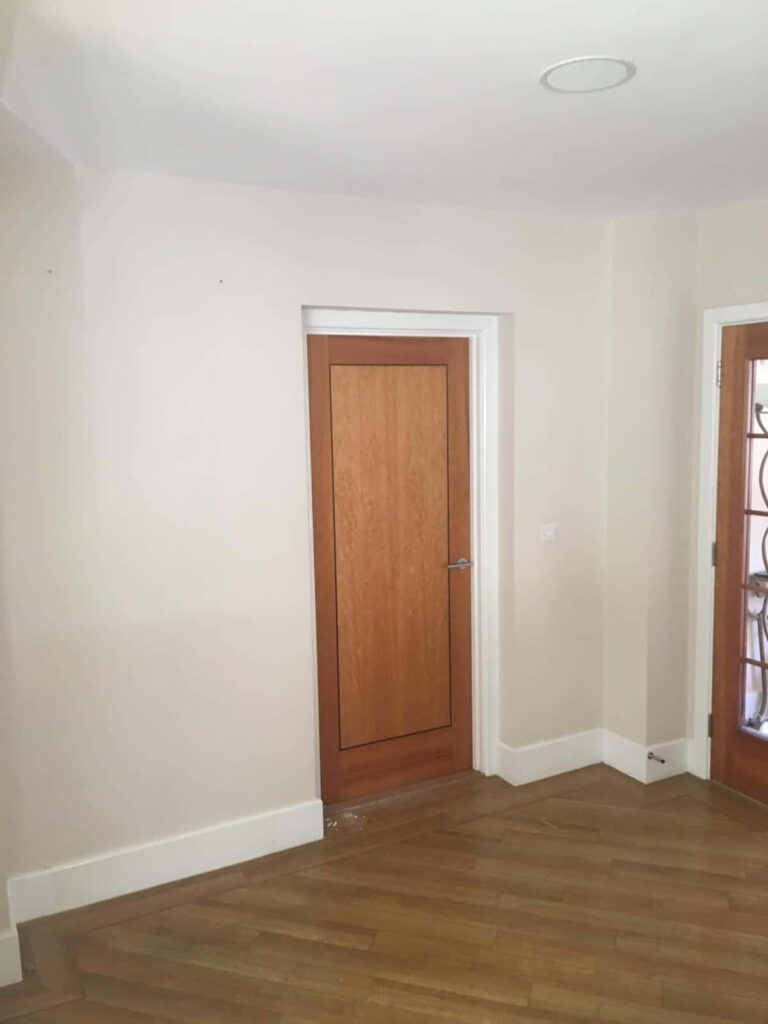The Science Behind Plastering: Materials and Techniques for Long-Lasting Results
Introduction: Plastering is crucial to building and renovation projects, providing both structural integrity and aesthetic appeal to walls and ceilings. At Buxton Plastering, we understand that achieving long-lasting results requires more than just skill; it involves a deep understanding of the materials and techniques used in the process. In this blog post, we’ll explore the science behind plastering, highlighting the materials and methods that ensure durability and quality.
Understanding Plastering Materials
The choice of materials plays a significant role in the longevity and performance of plastered surfaces. Here are the primary materials used in plastering and their specific properties:
- Gypsum Plaster
- Composition: Gypsum plaster is made from calcium sulphate dihydrate.
- Properties: It is known for its smooth finish, quick setting time, and ease of application. It also has excellent fire resistance and is ideal for indoor use.
- Uses: Gypsum plaster is commonly used for ceilings and internal walls, providing a sleek and polished appearance.
- Lime Plaster
- Composition: Lime plaster comprises lime (calcium hydroxide) and sand.
- Properties: Lime plaster is breathable, allowing moisture to evaporate, which helps prevent damp issues. It also offers flexibility, reducing the risk of cracking over time.
- Uses: It is suitable for older buildings and restoration projects and for areas requiring a breathable material to manage humidity.
- Cement Plaster
- Composition: Made from a mixture of cement, sand, and water.
- Properties: Cement plaster is highly durable and resistant to moisture and impact. It is also versatile and suitable for both internal and external applications.
- Uses: It is often used in areas exposed to high humidity, such as bathrooms and kitchens, and for exterior walls.
Essential Plastering Techniques
To achieve a long-lasting and high-quality finish, plasterers must employ specific techniques. Here are some fundamental techniques used by professionals:
- Surface Preparation
- Cleaning: Ensure the surface is clean and free of dust, grease, and loose particles.
- Dampening: Wet the surface slightly before applying plaster to improve adhesion.
- Priming: To enhance the plaster’s grip, use a primer or bonding agent on particularly smooth or porous surfaces.
- Applying the Base Coat
- Scratch Coat: Apply the first layer of plaster, known as the scratch coat, to create a rough surface that will better adhere to subsequent layers.
- Thickness: Maintain a consistent thickness, typically around 10-15mm, to ensure even drying and strength.
- Applying the Finishing Coat
- Second Coat: After the scratch coat has been set, apply the second layer of plaster, the floating coat, to build up the desired thickness.
- Finishing Coat: The final layer, or setting coat, is applied thinly to achieve a smooth and polished surface. Use a trowel to ensure an even finish.
- Curing and Drying
- Curing: Keep the environment humid to allow the plaster to cure slowly. This prevents rapid drying, which can cause cracking.
- Drying: Ensure the plaster is completely dry before painting or decorating. Depending on the material and environmental conditions, this can take several days to a few weeks.
The Role of Environmental Factors
Environmental factors play a critical role in the plastering process and the longevity of the finished surface. Here are some considerations:
- Temperature
- Plastering should ideally be done in moderate temperatures. Extreme cold can slow down the setting time, while excessive heat can cause rapid drying and cracking.
- Humidity
- A humid environment is beneficial during the curing phase, as it prevents the plaster from drying too quickly. However, too much moisture can lead to problems such as mould growth and efflorescence.
- Ventilation
- Good ventilation helps in the drying process but should be balanced to avoid draughts that can cause uneven drying and cracking.
Common Issues and How to Avoid Them
Even with the best materials and techniques, plastering can present challenges. Here are some common issues and how to prevent them:
- Cracking
- Prevention: Use appropriate materials for the environment, apply plaster in thin layers, and ensure proper curing.
- Dampness
- Prevention: Use breathable materials like lime plaster in areas prone to dampness, ensure good ventilation, and address any underlying moisture issues.
- Poor Adhesion
- Prevention: Properly prepare the surface, use bonding agents when necessary, and ensure each layer of plaster is adequately bonded to the previous one.
Conclusion: Understanding the science behind plastering is essential for achieving durable and high-quality results. Whether you’re renovating an old building or constructing a new one, experts in plastering will help you achieve a flawless finish.
Call us on: 01298 608 485
Click here to find out more about Buxton Plastering
Click here to complete our contact form and see how we can help you with your plastering needs.

